Optimal Timing for Fire Restorations
Fire restorations are most effectively performed when environmental conditions are stable, typically during dry seasons with low humidity. This minimizes the risk of mold growth and further damage. Conducting restorations in the late spring or early summer allows for better access and safer working conditions.
Performing fire restorations after winter ensures that snow and moisture do not interfere with cleanup and repair processes.
Summer offers longer daylight hours and generally drier conditions, facilitating faster and more efficient restoration work.
Restorations are best avoided during peak rainy months to prevent delays caused by weather-related disruptions.
Scheduling restorations promptly after a fire ensures insurance claims are processed smoothly and damage is mitigated quickly.

Fire damage can vary from minor smoke stains to extensive structural damage.

Technicians assess and begin cleaning soot and smoke residue during the restoration process.
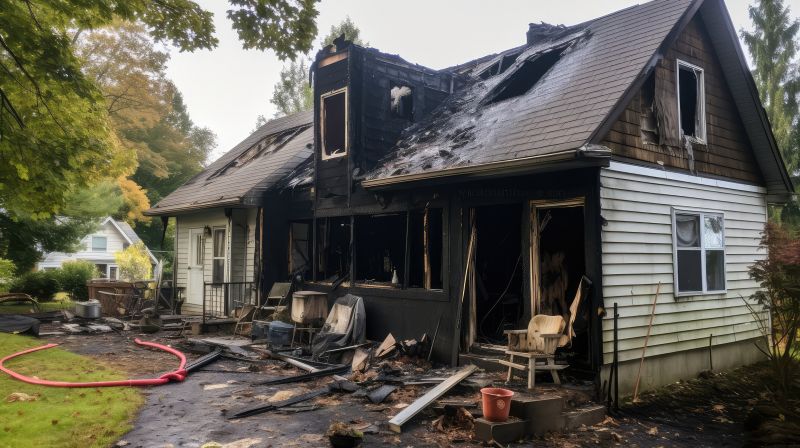
Completed fire restoration projects showcase restored interiors and exteriors.

Ways to make Fire Restorations work in tight or awkward layouts.
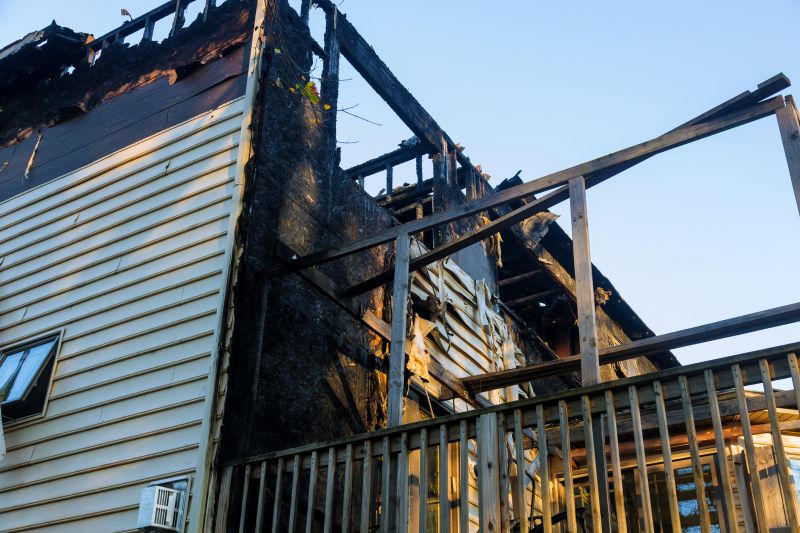
Popular materials for Fire Restorations and why they hold up over time.
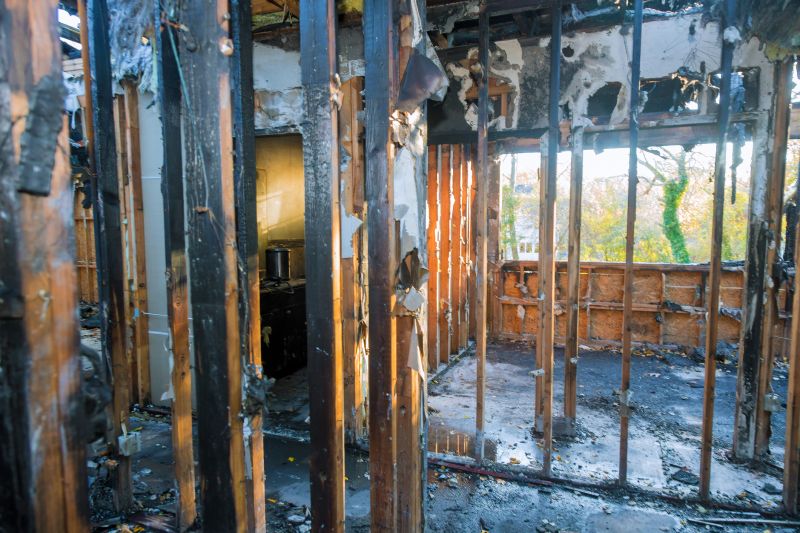
Simple add-ons that improve Fire Restorations without blowing the budget.
| Season | Best Practices |
|---|---|
| Spring | Ideal for early repairs before summer heat and humidity increase. |
| Summer | Optimal due to dry weather and extended daylight hours. |
| Fall | Suitable for completing repairs before winter rains. |
| Winter | Less ideal due to moisture and cold temperatures, but possible with proper planning. |
| Post-Fire | Immediate action recommended to prevent further damage and mold growth. |
Fire restorations involve a comprehensive process of cleaning, repairing, and restoring structures affected by fire damage. This includes removing soot, smoke odors, and damaged materials, followed by structural repairs and repainting. Timely restoration minimizes long-term damage and helps restore properties to their original condition.
Statistics indicate that early intervention in fire damage cases can reduce total restoration costs by up to 30 percent. Proper timing ensures that restoration efforts are more effective, reducing the duration of disruption and preventing secondary issues such as mold or structural deterioration.
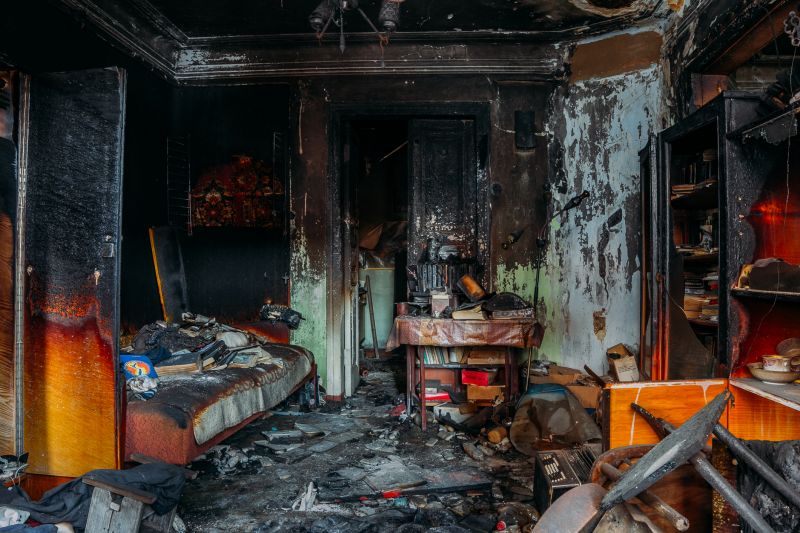
Initial evaluation helps determine the extent of damage and appropriate restoration steps.
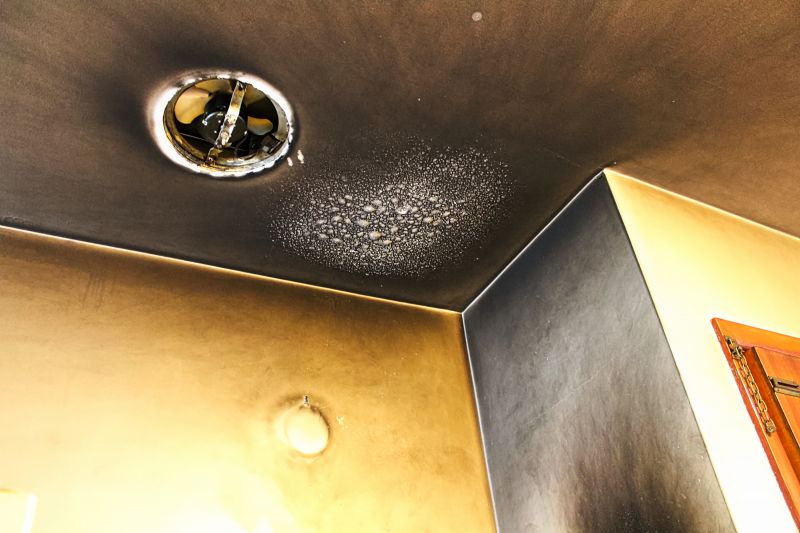
Specialized equipment is used to remove soot residues and odors.
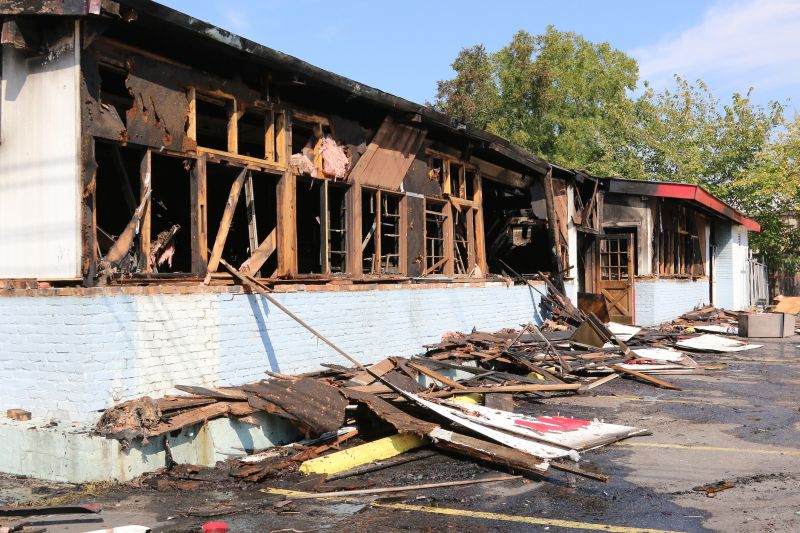
Rebuilding and repairing structural components affected by fire.
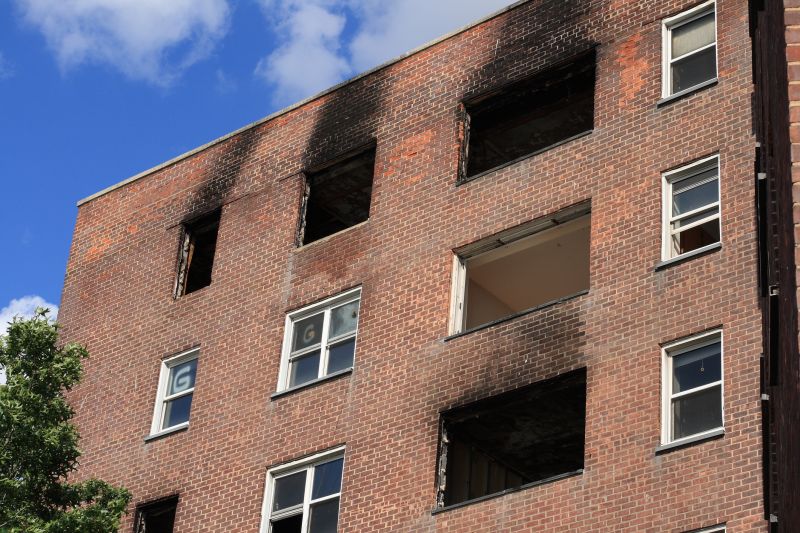
Completed projects with restored interiors and exteriors.
Interested property owners should consider scheduling fire restorations promptly after a fire incident. Proper timing and professional intervention are crucial for effective damage mitigation and restoring the safety and integrity of the property.
